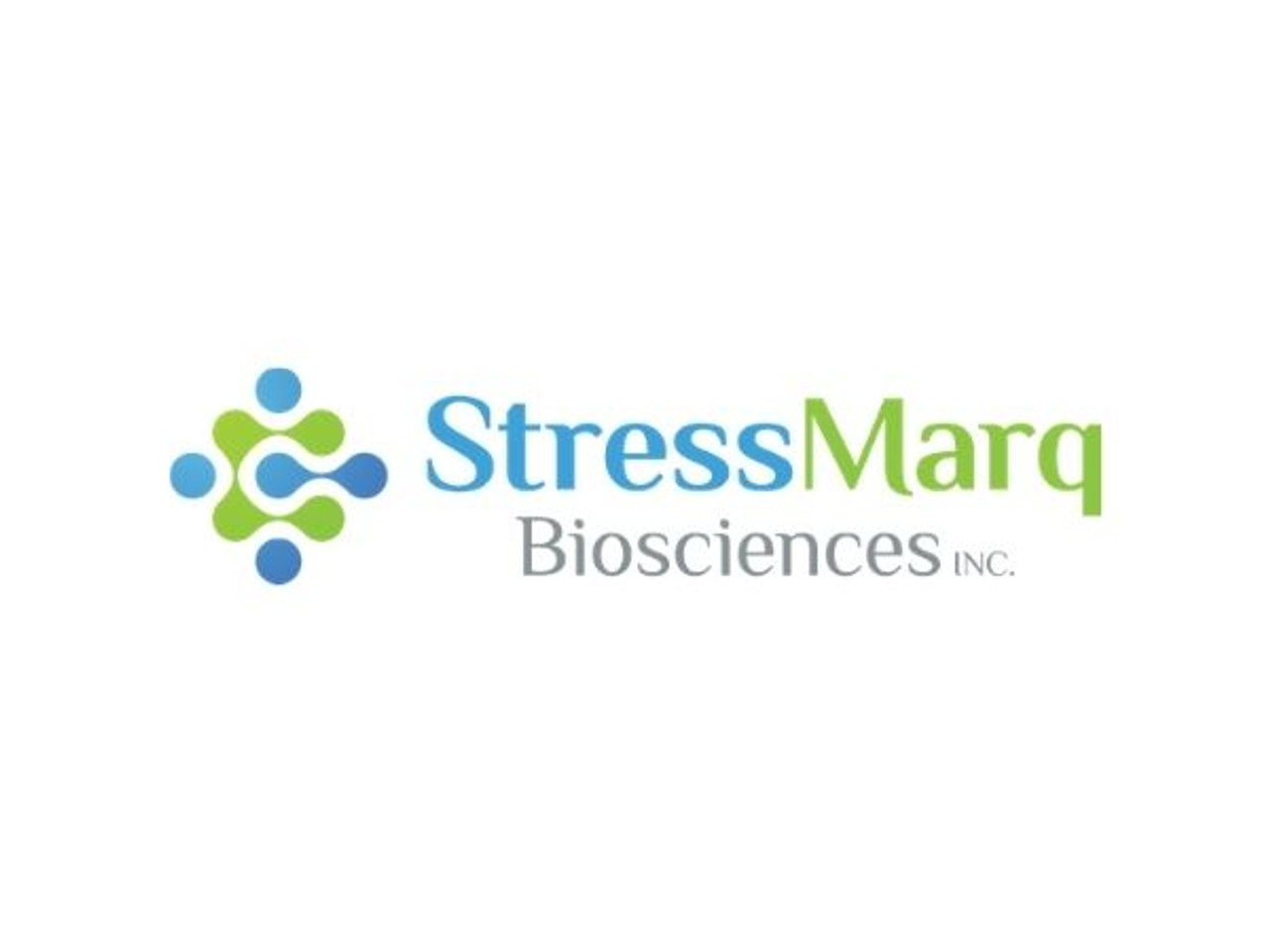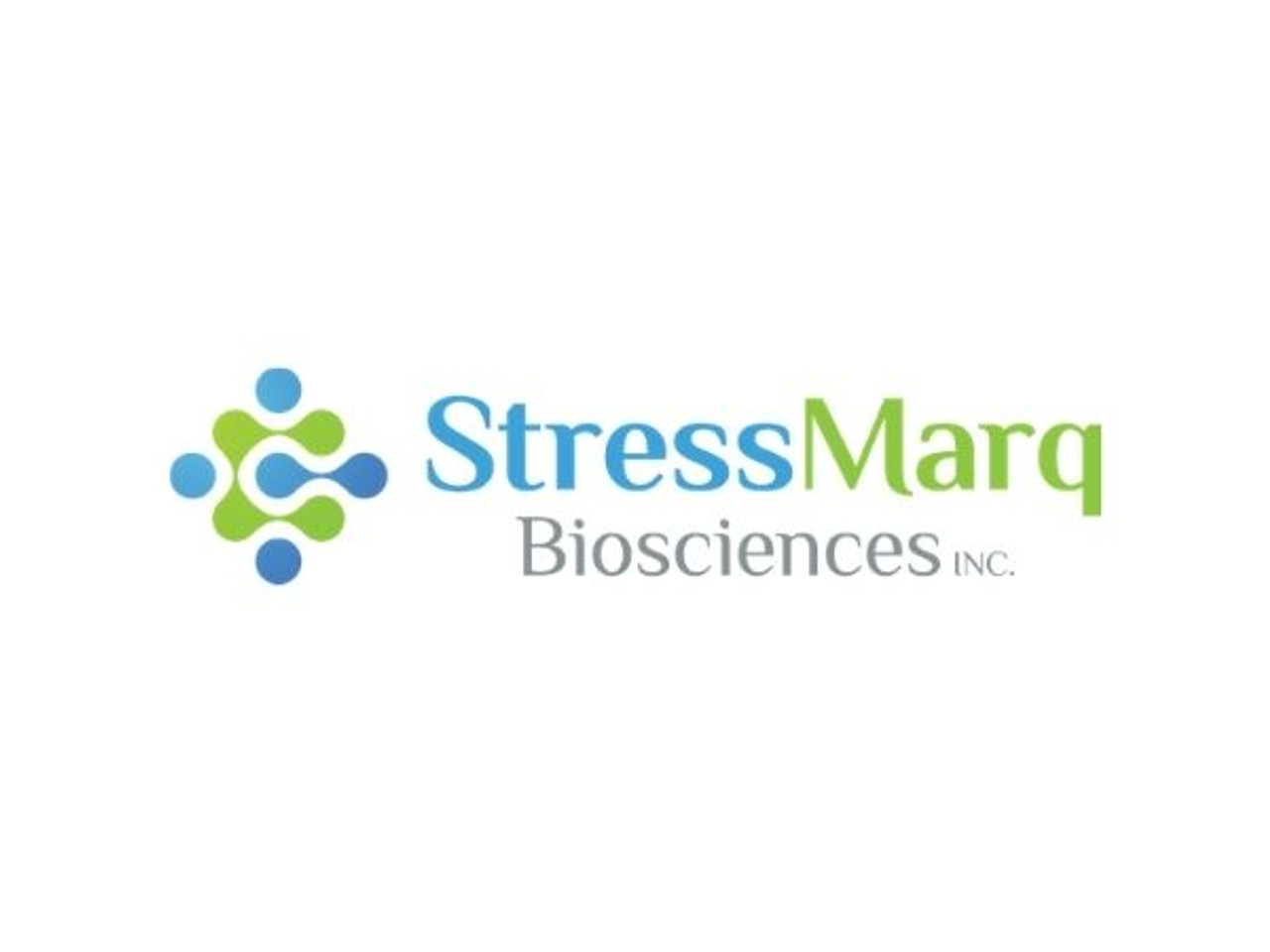Product Description
p23 Protein is available at Gentaur for Next week delivery.
Description: Human Recombinant p23 Protein
Alternative Name(s): Sid 3177 Protein, Co chaperone p23 Protein, cPGES Protein, HSP90 co chaperone Protein, cytosolic prostaglandin E2 synthase Protein, PTGES3 Protein, TEBP Protein
Research Area(s): Cancer | Heat Shock
Nature: Recombinant
Accession Number: NP_006592.3
Gene ID: 10728
Swiss-Prot: Q15185
Applications Species: WB | SDS-PAGE | Functional Assay
Biological Activity:
Expression System: E. coli
Protein Length:
Amino Acid Sequence: SHMQPASAKWYDRRDYVFIEFCVEDSKDVNVNFEKSKLTFSCLGGSDNFKHLNEIDLFHCIDPNDSKHKRTDRSILCCLRKGESGQSWPRLTKERAKLNWLSVDFNNWKDWEDDSDEDMSNFDRFSEMMNNMGGDEDVDLPEVDGADDDSQDSDDEKMPDLE
Purification: Affinity Purified
Storage Buffer: 20mM HEPES buffer pH7.2, 80mM NaCl, 10% glycerol
Concentration: Lot/batch specific. See included datasheet.
Shipping Temperature: Blue Ice or 4ºC
Other relevant information:
Certificate of Analysis: This product has been certified >90% pure using SDS PAGE analysis. 4uM SPR-303, when added to 2uM SPR-300 (Aha1)-activated HSP90 (2uM; His-tagged HSP90 beta) in 33mM Hepes pH7.2, 30mM NaCl, 5mM MgCl2, 1mM DTT, 1.5mM ATP in a 100ul reaction at 37 degrees C, eliminated all Aha1-mediated ATPase stimulation as well as intrinsic HSP90 ATPase activity. (This is an enzyme-linked ATP regeneration assay tracking loss of NADH absorbance at 340nm).
Cellular Localization: Cytoplasm
Scientific Background: p23 is a highly conserved ubiquitous protein, known to have an important function as a cochaperone for the HSP90 chaperoning system (1). Studies have revealed that p23 is a small protein (18 to 25 kDa) with a simple structure (2, 3). p23 does not have any structural homology with any other known proteins (1). p23 was first discovered as a part of the HSP90-progesterone receptor complex along with HSP70, p54 and p50 (1). p23 is a phosphor-protein, which is highly acidic and has an aspartic acid-rich c-terminal domain (1). Numerous studies have found p23 to be associated with other client proteins like Fes tyrosine kinase (4), the heme regulated kinase HRI (5), hsf1 transcription factor (4), aryl hydrocarbon receptor (4), telomerase (6), and Hepadnavirus reverse transcriptase (7). In spite of several years of study, the exact functional significance of p23 is still not clear (8). p23 is thought to be involved in the adenosine triphosphate–mediated HSP90 binding of client proteins (8). Since many HSP90 client proteins are involved in oncogenic survival signaling, a recent study has concluded p23 to be a promising target in leukemic apoptosis (9). HSP90 and its co-chaperone p23 are certainly among the emerging anti-tumor targets in oncology.
References: 1. Johnson J.L., Beito T. G., Krco C.J. & Toft D.O. (1994) Mol Cell Biol. 14: 1956-63. 2. Weikl T., Abelmann K. & Buchner J. (1999) J Mol Biol. 293: 685-91. 3. Weaver A.J., Sullivan W.P., Felts S.J., Owen B.A. & Toft, D.O. (2000) J Biol Chem. 275: 23045-52. 4. Nair S.C., et al. (1996) Cell Stress Chaperones. 1: 237-50. 5. Xu Z., et al. (1997) Eur J Biochem. 246, 461-70. 6. Holt S.E., et al. (1999) Genes Dev. 13: 817-26. 7. Hu J., Toft D., Anselmo D. & Wang X. (2002) J Virol. 76: 269-79. 8. Felts S.J. & Toft D.O. (2003) Cell Stress Chaperones. 8: 108-13. 9. Gausdal G., Gjertsen B.T., Fladmark K.E., Demol H., Vandekerckhove J. & Doskeland S.O. (2004) Leukemia.
Field of Use: Not for use in humans. Not for use in diagnostics or therapeutics. For research use only.
PubMed ID:
Published Application:
Published Species Reactivity:
" Euro
Euro
 British Pound
British Pound
 US Dollar
US Dollar












